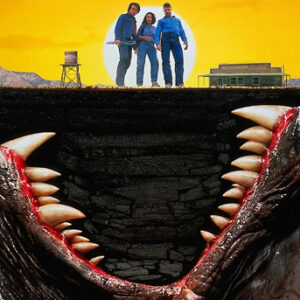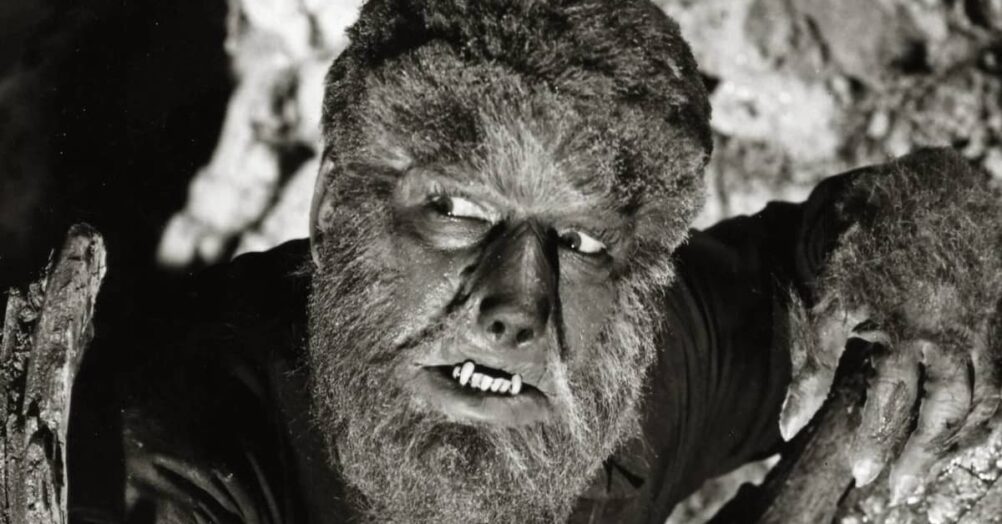
PLOT: It’s been 18 years since Calvin and Hobbes left newspapers, but the comic strip’s fervent fan following is only growing. Filmmaker Joel Schroeder goes exploring to see what makes this world so magical for so many.
REVIEW: There are films that are not made with objective viewing in mind. Sometimes movies are produced for a very passionate and specific audience. DEAR MR. WATTERSON, unsurprisingly, is made with loving admiration for the devoted fanbase of Calvin and Hobbes.
To call myself a Calvin and Hobbes fan is like saying the Pope is just Catholic. I’ve worn out the tape holding together my original copies of “Something Under The Bed Is Drooling” and “Scientific Progress Goes Boink.” My sense of humor (not to mention most of my vocabulary) came from a loquacious six year old and his tiger pal. And no joke; this is the t-shirt I’m currently wearing. But while I may seem like an easy audience for this documentary, it’s actually the opposite. Despite selling over 45 million books, Watterson’s unwavering resistance to licensing and commercialization has made his creation almost sacred, turning casual fans in to a cultish following. As much as I love the strip, I’m not alone in wanting to protect it.

Thankfully DEAR MR. WATTERSON is not a trek to expose or track down the elusively private cartoonist. Instead, it’s a love letter to Calvin and Hobbes for fans by fans, as well as a look at the legacy left by its author. The film literally follows director Joel Schroeder, from his childhood room where he obsessively read the strip, all the way to Watterson’s hometown of Chagrin Falls, Ohio. Along the way he witnesses some real life inspiration for the comics and even gets to hold some of Watterson’s original artwork. Schroeder also scores some great interviews with experts and historians (including a guy who works at a place called the Toonseum), celebrity fans like Seth Green, Watterson’s former bosses at Universal publishing, and a bunch of his cartoonist peers including Bill Amend (Foxtrot) and Berkeley Breathed (Bloom Country).
The result is a well-rounded exploration of the subject matter, one which encounters the strip from all sides—even revealing some things I didn’t know. (Such as Watterson turning down calls from Steven Spielberg, George Lucas and Disney about adapting Calvin and Hobbes.) You get the basic history of the comic’s creation, but the film also examines the philosophical nature of the work that makes it so re-readable and relatable for both kids and adults. There’s also plenty of drama. Watterson never took the easy road and DEAR MR. WATTERSON doesn’t shy away from his struggles with creative freedom, licensing (the pros and cons of art vs. commerce), and the evolution of comics in general. It briefly turns the spotlight on the man himself, who one of the other cartoonists refers to as the “Sasquatch of the comic world” because nobody’s ever seen him.

Probably my favorite part of the film, however, is just hearing from the nameless everyday fans Schroeder invited to participate. Everyone has their own personal reasons why this property is special to them. Most are giddy with childhood attachment and nostalgia, but for some—like the Israeli youth who relied daily on Watterson’s humor and positivity for an emotional escape—the strip represents much more.
DEAR MR. WATTERSON is a no brainer for Calvin and Hobbes enthusiasts. At 90 minutes, it covers a lot of ground and can occasionally feel directionless, but I don’t think the smile ever left my face. Though it does provide a good primer for the uninitiated, the film might have limited appeal to anyone who’s not already a fan. But if you’re not yet a diehard devotee of Calvin and Hobbes, you should be putting down that remote and picking up a book anyways.

DEAR MR. WATTERSON opens today in limited theatrical release and on-demand.



















Follow the JOBLO MOVIE NETWORK
Follow us on YOUTUBE
Follow ARROW IN THE HEAD
Follow AITH on YOUTUBE